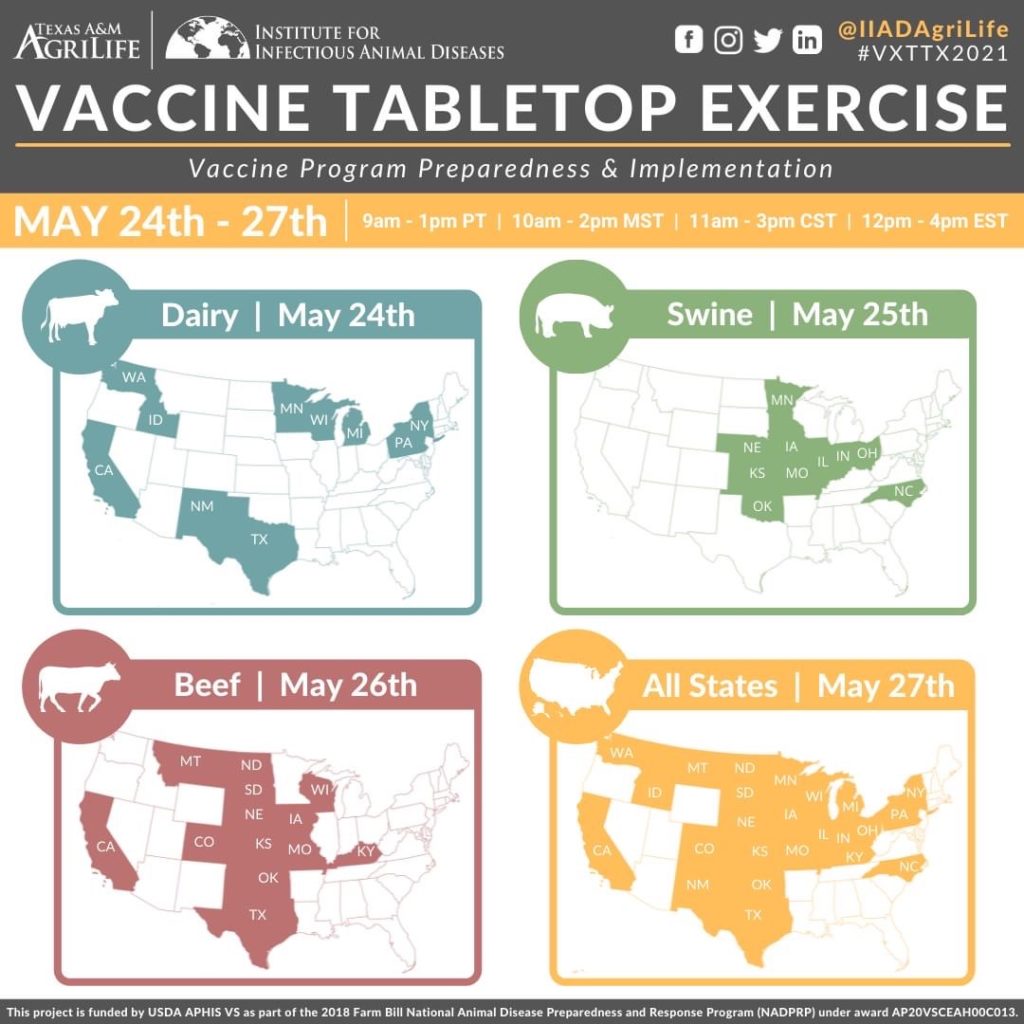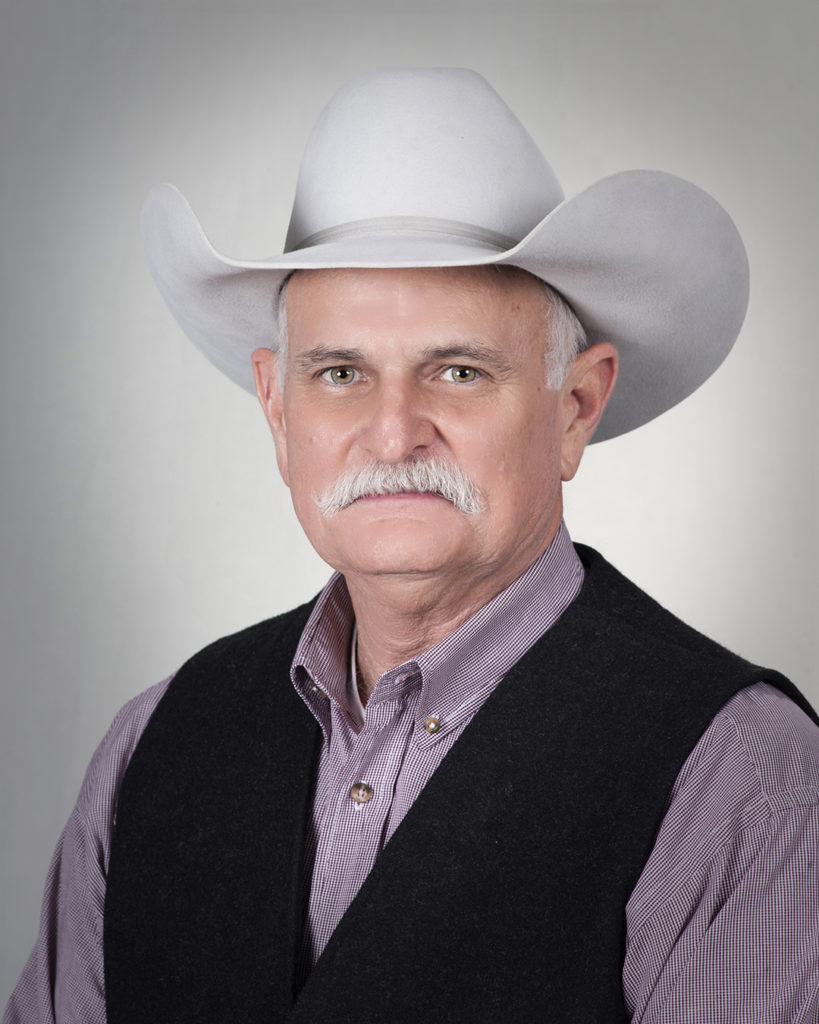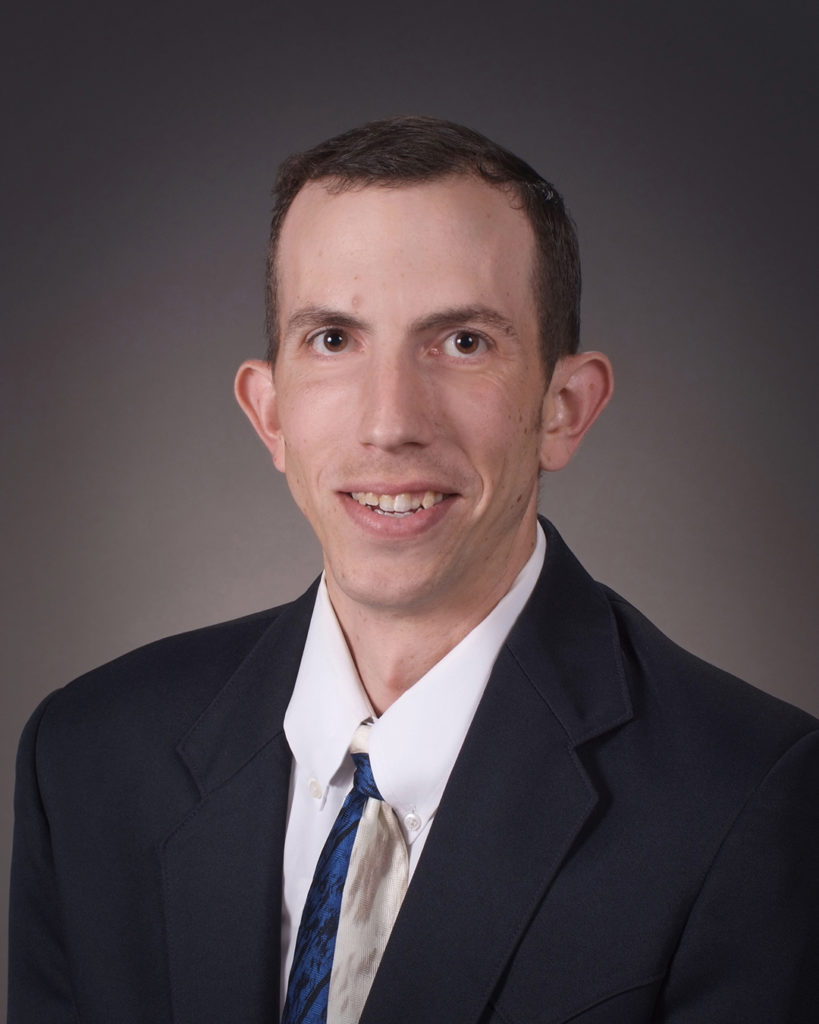Texas A&M Groups Host Vaccine Workshop To Prepare Animal Health ‘First Responders’
Story by Kerry Halladay, Texas A&M AgriLife Marketing and Communication

The Institute for Infectious Animal Diseases (IIAD), a unit of Texas A&M AgriLife, and the Texas A&M College of Veterinary Medicine and Biomedical Sciences (CVMBS) recently hosted a virtual vaccine tabletop exercise.
The event helped animal health experts from top beef, dairy, and swine states collaborate on vaccine plans for their respective states in the case of a foot-and-mouth disease outbreak.
Foot-and-mouth disease (FMD), if it were to impact the United States, would be an economically devastating livestock disease affecting cattle, pigs, sheep, and goats. FMD does not affect human health nor food safety, but it does hit the economy hard, costing billions of dollars in lost trade.
The U.S. has not had an outbreak of FMD since 1929. U.S. government agencies such as the U.S. Department of Agriculture (USDA), Customs and Border Protection (CBP), and the Department of Homeland Security (DHS), as well as various Texas A&M University and Texas A&M AgriLife groups, work every day to make sure it does not get back into the country.
If FMD does make its way into the U.S., events like IIAD and CVMBS’ vaccine exercise serve as “fire drills.” They help prepare key stakeholders like state and accredited veterinarians to stop the outbreak quickly and efficiently.
“Preparedness just makes you better able to respond when an event does happen,” said Dr. Susan Culp, Texas A&M AgriLife Extension Service veterinarian in the Department of Animal Science, in Texas A&M’s College of Agriculture and Life Sciences, and one of the event’s facilitators. She described veterinarians as the “first responders of animal health.”
“We’re like fire and EMTs; we have to do exercises and planning to be prepared in case we actually get into the real thing,” she said.
FMD And Why It Matters
FMD is a viral disease that infects cattle, pigs, sheep, and goats, as well as wildlife like deer, elk, bison, and feral swine. It causes fever and painful sores in the mouths and on the tongues, feet, and teats of infected animals, but it is usually nonlethal in adult animals.
The FMD virus does not infect humans. Despite the similarity in the name, FMD is not the same as the human viral disease called “hand, foot, and mouth disease” that is common among young children.
FMD significantly reduces livestock’s productivity, making it an important economic threat. Compounding the economic threat of FMD itself, countries that do not have FMD go to extreme lengths to keep it out of their nations. This includes cutting off the trade of beef, dairy, pork, and other livestock products with those countries that have it.
Dr. Glennon Mays, a CVMBS clinical professor and one of the event’s facilitators, said it is important to raise public awareness of the disease because if an FMD outbreak were to occur in the U.S., there would be immediate trade repercussions.
“We expect we would be restricted from moving our livestock products into those channels of trade that we currently enjoy, as we have in previous situations refused to accept product from countries where foot-and-mouth disease has been diagnosed,” he said.
According to the U.S. Meat Export Federation and the U.S. Dairy Export Council, the U.S. exported $15.4 billion worth of beef, pork, and lamb and $6.6 billion worth of dairy products in 2020 alone. This is only part of the value of exports from a single year that could be at risk if the U.S. were to have an FMD outbreak. Trade limitations due to the presence of FMD in a country can last years, if not decades.
The Work To Keep FMD Out

The U.S. is currently listed by the World Organization for Animal Health as “FMD free without vaccination,” the highest level of safety relative to FMD. Many groups work to keep it that way.
“There’s interdiction at the borders, and there are early recognition programs,” explained Dr. Jimmy Tickel, IIAD veterinarian and one of IIAD’s developers of the event.
He gave the example of the Cross-Border Threat Screening and Supply Chain Defense program, CBTS, a DHS Center of Excellence led by Texas A&M University. CBTS, IIAD and CBP collaborate to create animal and plant disease training courses. They help personnel working on the borders recognize, manage and prevent dangerous pathogens like FMD from entering the U.S.
Accredited veterinarians are another layer of protection against foreign animal diseases.
“They are experienced in disease response and would likely be the first ones to be used in a foot- and-mouth disease or other foreign animal disease response affecting livestock,” said Dr. Brandon Dominguez, veterinarian with the Texas A&M University Division of Research Global Health Research Complex, and one of the event’s facilitators.
“Accredited veterinarians are the ones out there who really know where the farms are. They know who the farmers and ranchers are,” Dominguez said. “They have a better understanding of the movement of animals within their practice areas.”
Accredited veterinarians must undergo specific and ongoing training to maintain their accreditation. But the effort to train people to recognize FMD starts far earlier.
“From the veterinary education standpoint, we—and not just Texas A&M—teach and reinforce to our students the awareness of diseases like foot-and-mouth, what they need to do, and who they need to contact if they ever encounter a situation in the field,” Mays said.
Vaccine Role-Play Exercise To Planning Workshop
Originally, IIAD and the CVMBS’ event was designed as a two-day, in-person role-play exercise in College Station. Key representatives from the top six states for the beef, dairy, and swine industries would be invited to play through their states’ vaccine rollout plans in hypothetical FMD outbreak scenarios.
However, the COVID-19 pandemic forced the event to go virtual. This was a unique challenge since events like this require participant trust. Past, in-person events built trust through face-to-face conversation.
Sarah Caffey, program director at IIAD, oversaw the technical aspects of the workshop. She partnered with innovation specialist, Daniel Foster, Ph.D. of Global Teach Ag at Penn State, to create a discussion-friendly atmosphere using the Whova platform. The interactive features proved effective at fostering a trusting, collaborative experience for participants.
Going remote also allowed the for greater accessibility. Invitations expanded to the top 10 largest beef, dairy, and swine production states. Since some states are in the top 10 for more than one industry, 24 states were represented.
“This was, to our knowledge, the first virtual workshop of its size involving 24 of the largest agricultural states in the nation,” Tickel said.
The fact only three of the 24 states had an FMD vaccination plan also changed the event into a workshop instead of a tabletop exercise.
“A tabletop implies there are plans and all participants are in the same place in the planning process. That was not the case here,” Culp explained.
Despite the changes in plans, it turned out better than expected.
“You had people from all across the spectrum of the planning process talking to each other, learning from each other, sharing with each other. To me, that was the best part of it,” Culp said.
Ultimately, the event was four days of directed discussion, strategic planning and the cross-pollination of ideas between the states on what needs to be involved with a FMD vaccination plan.
Planning For The Use Of FMD Vaccines

FMD vaccines have existed since the 1960s. However, there have only recently been enough vaccines in the U.S. to make vaccination a practical strategy in the event of an outbreak.
Tickel and Dominguez explained that the 2018 Farm Bill supplied more funding for FMD vaccines. This included opening up a second vaccine bank for U.S. use alone. The previous vaccine bank is shared between the U.S., Canada, and Mexico.
“With more vaccines available and the ability to produce more much more rapidly, vaccine is now a viable option on the table as a tool that could be used in a national outbreak situation,” Tickel said.
“We would be able to protect more of our animals, but with the number of livestock that we have now, it still exceeds the amount of vaccine initially available, so the approach has to be strategic” Dominguez said.
According to the USDA, there are an estimated 93.6 million head of cattle and 7.75 million head of sheep and goats as of January 2021 and 74.8 million head of swine as of March 2021. That’s almost 200 million livestock animals that could be susceptible in the case of an FMD outbreak.
Much like with the COVID-19 vaccine, where the limited supply went to at-risk people first, the distribution of the FMD vaccine would have to be prioritized in the case of an outbreak. Tickel noted that the recent experience of the national COVID-19 vaccine rollout was discussed widely at the vaccine exercise.
“This planning effort was fascinating because the resource became available in the amounts that made it valuable,” he said. “But also, given the COVID experience, there was an awful lot of attention on what a vaccine can and cannot do and what can go right and what can go wrong with a national rollout.”
Challenges In The Vaccine Planning Process
The vaccine exercise hosted by IIAD and the CVMBS was part of preparing animal health “first responders” to incorporate FMD vaccination into their states’ animal health plans.
“All states have plans for foreign animal diseases, including FMD,” said Culp. “It’s the vaccine component to the planning that made this a brand-new discussion.”
Over the course of the event, participants identified several challenges that their states might face in the event of an FMD outbreak. However, the complexities of managing a national vaccine distribution program to fight an outbreak of the most contagious livestock virus on the planet and having states work together on behalf of their livestock industries was the overarching challenge of the workshop.
Tickel explained that, in the COVID-19 vaccine rollout, public health officials at every level of the vaccine distribution helped get vaccines from the national stockpile into individual arms.
“For animals, there are no government officials to oversight such programs on the local level,” he said. “That occurs through accredited veterinarians, who are private practitioners. A state veterinarian would actually have to contract private practitioners and work them in a public capacity to oversight the FMD vaccine program.”
Most representatives at the vaccine exercise concluded that their states do not have the trained personnel necessary for a vaccination plan. Mays summarized the issue as there being “lots of hats that need to be worn and not enough heads to wear them.”
Other challenges identified at the exercise included cold chain security issues—making sure states can keep vaccines cold at every step in the process—and vaccination record keeping.
“The complexity involved is why we need to have workshops where we can discuss the challenges at hand and project out additional challenges and things that could happen,” Tickel said.
A Community Of Collaboration On Animal Health
The vaccine planning exercise also created an opportunity for the top agricultural states in the nation to collaborate on their FMD vaccine plan development.
Dominguez called the collaboration among the states one of the best outcomes of the event.
“Nobody has all the answers. Some states have worked through some parts of it, and others have figured out other parts,” he said. “Together, they might be able to figure out some of the other problems that they see coming.”
Culp also called the collaboration among the states one of the most exciting outcomes of the exercise. She noted that it also gave participants tangible ideas of what they can do in their state’s planning process.
“It allowed the states to identify some key gaps, and I think that they probably walked away knowing what they could prioritize and get done now,” she said.
Tickel described the event as developing a community of subject matter experts who can represent their states going forward in the planning process.
“Our event brought together state players so that they could collaborate on those efforts and build all plans with one perspective and raise all boats with one tide.”
###
For more information about the Texas A&M College of Veterinary Medicine & Biomedical Sciences, please visit our website at vetmed.tamu.edu or join us on Facebook, Instagram, and Twitter.
Contact Information: Jennifer Gauntt, Director of VMBS Communications, Texas A&M College of Veterinary Medicine & Biomedical Sciences, jgauntt@cvm.tamu.edu, 979-862-4216


